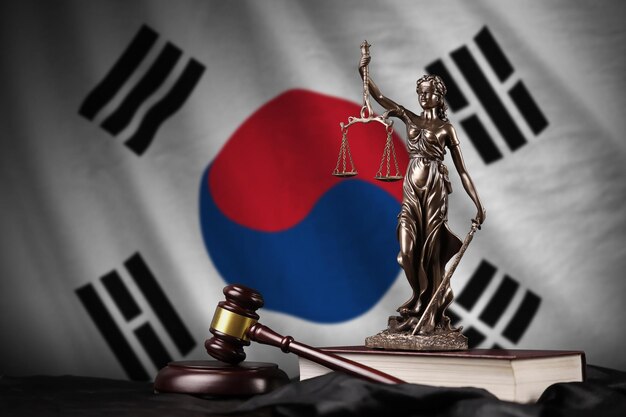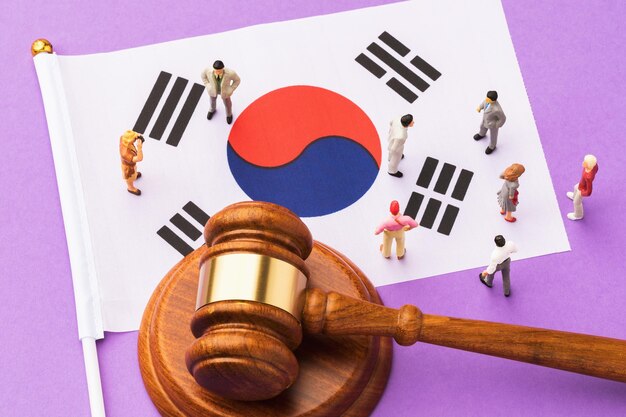South Korea’s history is marked by rapid development, cultural richness, and resilience. However, one significant aspect of its past is the implementation of martial law during various critical periods. In this article, we explore the concept of South Korea martial law, its historical applications, implications, and its relevance in today’s context.
What is Martial Law?
Martial law refers to the imposition of direct military control over civilian functions, usually during emergencies such as war, rebellion, or natural disasters. It suspends ordinary law and grants extraordinary powers to the military. In South Korea, martial law has played a crucial role in shaping its political and social landscape.
Historical Background of South Korea Martial Law
The Early Years: Post-War Chaos
After the Korean War (1950–1953), South Korea faced immense instability. The fragile state of governance prompted the government to occasionally impose martial law to maintain order. The early uses of South Korea martial law were largely focused on ensuring survival and security during reconstruction.
The 1961 Coup and Park Chung-hee Era
In 1961, Park Chung-hee led a military coup that overthrew the existing government. Martial law was declared to consolidate power and eliminate opposition. Under Park’s rule, South Korea experienced rapid industrialization, but the era was marked by authoritarianism and suppression of dissent under the guise of maintaining stability.
The Gwangju Uprising: A Turning Point

One of the most infamous instances of South Korea martial law occurred during the Gwangju Uprising in May 1980.
What Happened in Gwangju?
- After the assassination of Park Chung-hee in 1979, political unrest escalated.
- Chun Doo-hwan, a military general, declared martial law to suppress democratic movements.
- The city of Gwangju became a center of resistance, with citizens protesting against authoritarian rule.
- The government responded with brutal military force, resulting in hundreds of deaths and injuries.
The Gwangju Uprising became a symbol of resistance and highlighted the misuse of martial law for political gains.
Impacts of South Korea Martial Law
Political Implications
- Centralized Power: Martial law often concentrated power in the hands of military leaders, sidelining democratic institutions.
- Suppression of Dissent: It curtailed freedoms of speech, assembly, and press, stifling opposition voices.
Social Effects
- Public Resistance: Instances like the Gwangju Uprising fostered a strong pro-democracy movement.
- Human Rights Violations: Reports of torture, unlawful detentions, and military violence were common.
Modern South Korea and Martial Law
Today, South Korea is a thriving democracy, and the likelihood of imposing martial law has diminished significantly. However, discussions about South Korea martial law occasionally surface, especially during periods of heightened political or military tension, such as with North Korea.
Legal Safeguards
- Modern South Korean laws provide strict guidelines for imposing martial law, ensuring it cannot be misused as in the past.
- Transparency and accountability are emphasized to protect citizens’ rights.
Public Awareness
The memory of past martial law periods serves as a reminder of the importance of vigilance in preserving democracy.
Comparing South Korea Martial Law with Global Contexts
Martial law is not unique to South Korea. Many countries have implemented it during crises. However, South Korea’s experience is distinct because of its transition from authoritarian rule to a democratic system.
Key Comparisons
- The Philippines: Under Ferdinand Marcos, martial law was used to suppress opposition, similar to South Korea’s past.
- United States: Instances like Hurricane Katrina saw limited application of martial law principles for disaster response.
Understanding global contexts helps in appreciating the lessons learned from South Korea’s history.
Lessons from South Korea Martial Law
The history of South Korea martial law teaches important lessons about governance and the balance between security and freedom.
Key Takeaways
- The Importance of Democracy: South Korea’s struggle highlights the value of democratic institutions.
- Public Resilience: The pro-democracy movements demonstrated the power of collective action.
- Checks and Balances: Effective safeguards are essential to prevent abuse of power.
Conclusion
The story of South Korea martial law is one of challenges, resilience, and transformation. From its tumultuous beginnings to its democratic present, South Korea’s journey underscores the importance of vigilance in safeguarding freedom. As the nation continues to thrive, its history serves as a powerful reminder of the need for justice, transparency, and the rule of law.


